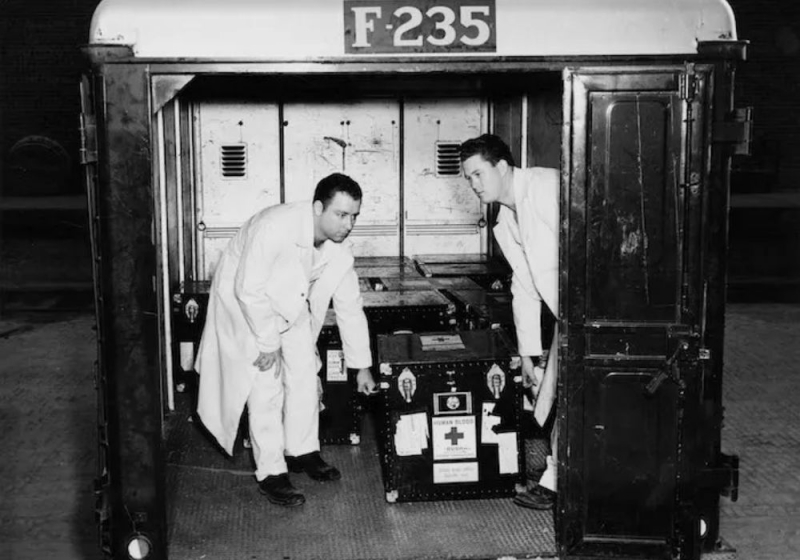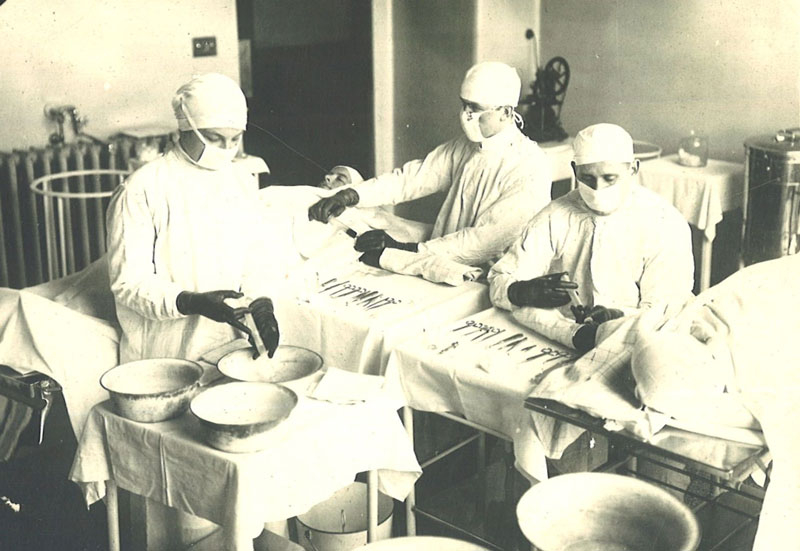The First Us Blood Bank
Remember to express your gratitude to Dr. Bernard Fantus for developing this significant and beneficial idea at the Cook County Hospital in Chicago the next time you visit a blood bank to donate. The first blood bank in the United States was founded in Chicago in 1937. Blood banks made it possible for doctors to evaluate and preserve donated blood, which was a significant and life-saving advancement in medicine. Soon after, hospitals all around the United States started their own blood banks.
Cook County Hospital in Chicago (now The John H. Stroger, Jr. Hospital of Cook County) constructed a sizable new facility in 1916 to serve the country's industrial center, and by 1925 it was caring for some 42,000 patients yearly. A contemporaneous described it as a place "where the turnover is swift and emergencies are continually at hand".
Extra blood was obviously valuable for surgery, but collection and storage, in particular, were issues. Britain was able to deploy "blood depots" in World War I thanks to the discovery of anticoagulants and ways to temporarily store blood; by the early 1930s, the Soviet Union had created a system of blood exchange. Even though it wasn't well known, the Mayo Clinic really had a blood bank in 1935. However, the Cook County Hospital facility that opened on March 15, 1937, came to be known as the first hospital blood bank, and Fantus' paper titled "The Therapy of the Cook County Hospital" in the Journal of the American Medical Association that same year had a significant impact. Around the nation and the world, the model was embraced.










